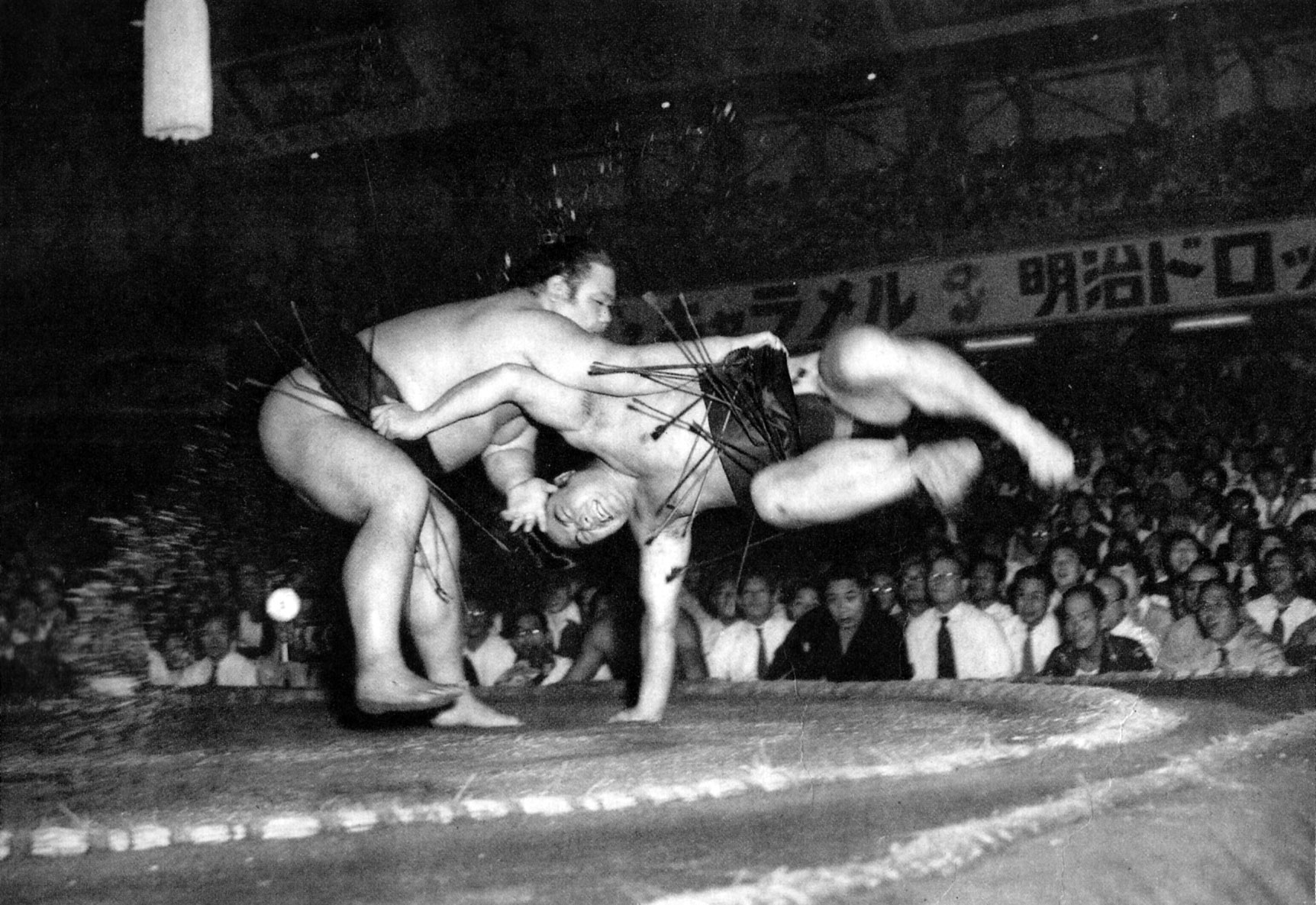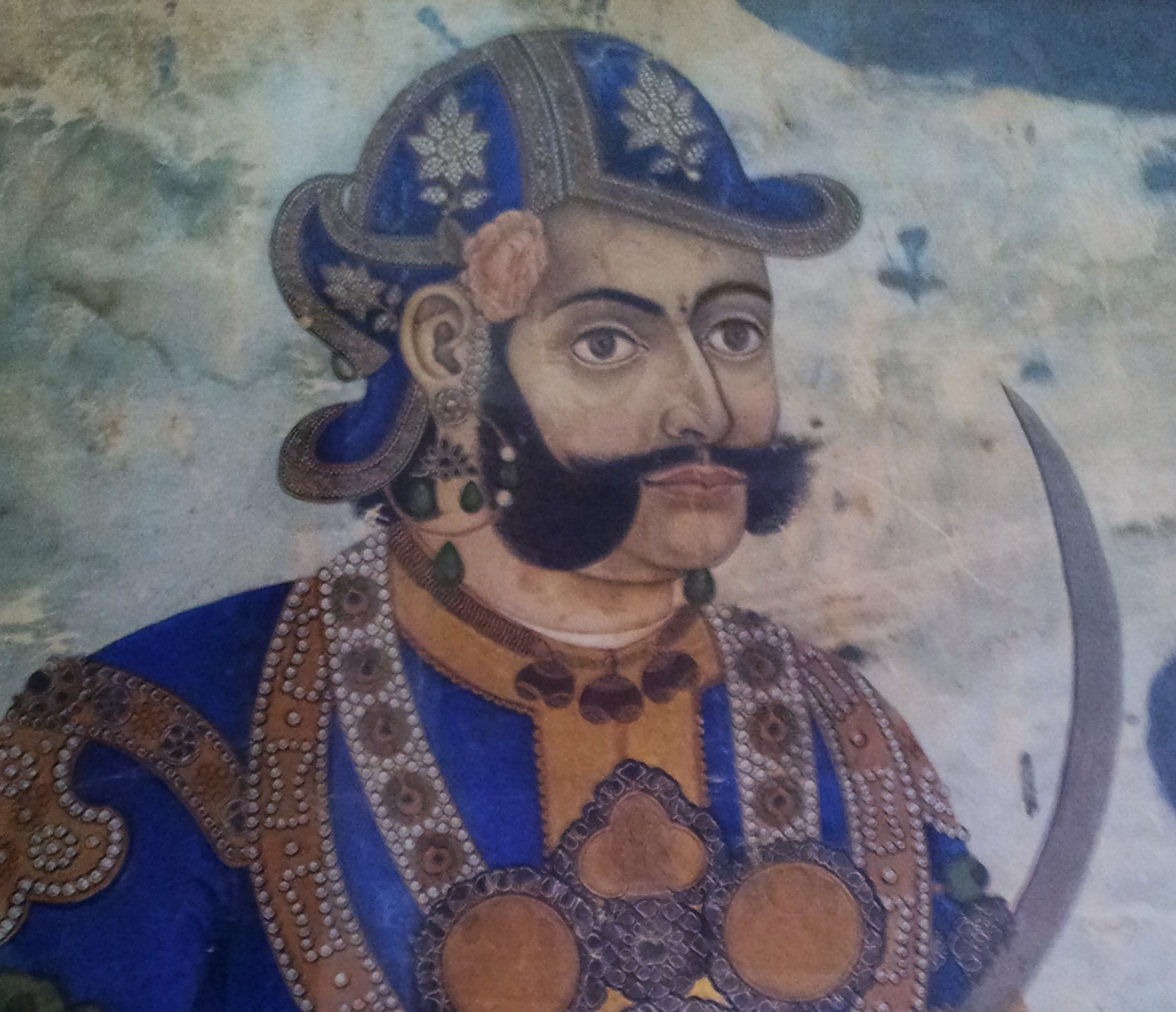|
Tagonoura Port
Takanotsuru Shinichi (born 18 June 1976 as Shinichi Sekiyama) is a former sumo wrestler from Izumi, Kagoshima, Japan. He made his professional debut in March 1992, and reached the top division in January 2003. His highest rank was ''maegashira'' 8. He retired in May 2006 and became an elder in the Japan Sumo Association coaching at Naruto stable. Career He was the eldest son of a barber. Both his parents were deaf so he learned Japanese sign language before he could even write properly. He did judo in middle school, with no sumo experience. He was recruited by the former ''yokozuna'' Takanosato who happened to be in Izumi City and initially took in a friend of his before being told by him there was another boy even bigger. He began his sumo career in March 1992 at Naruto stable, joining at the same time as Wakanosato and Takanowaka. He had had problems with his right foot since childhood, and had to have foot surgery in September 1995, forcing him to miss two tournaments and ... [...More Info...] [...Related Items...] OR: [Wikipedia] [Google] [Baidu] |
Naruto Stable (1989)
, formerly Naruto stable is a stable of sumo wrestlers, one of the Nishonoseki group of stables. The stable was established as Naruto stable, on 1 February 1989 by former ''yokozuna'' Takanosato Toshihide. The stable's first ''sekitori'' was Rikiō in 1994. Four more, Wakanosato, Takanowaka, Takayasu and Kisenosato, have reached ''sekiwake'' rank, with Takayasu going on to reach the '' ōzeki'' rank, and the stable's first ''yokozuna'' being Kisenosato. It had a reputation for being a closed, family-knit stable, as Naruto did not allow his wrestlers to go out and train at other stables (which is unusual in sumo) or socialize with wrestlers from different stables. Naruto died suddenly on 7 November 2011. The stable's current master, former ''maegashira'' Takanotsuru, changed to the Tagonoura ''toshiyori'' in December 2013 and renamed the stable accordingly. Upon changing the stable name, the stable was also moved to the Ryōgoku area from Matsudo, Chiba. It has no connection ... [...More Info...] [...Related Items...] OR: [Wikipedia] [Google] [Baidu] |
Makuuchi
, or , is the top division of the six divisions of professional sumo. Its size is fixed at 42 wrestlers (''rikishi''), ordered into five ranks according to their ability as defined by their performance in previous tournaments. This is the only division that is featured on NHK's standard live coverage of sumo tournaments. The lower divisions are shown on their satellite coverage, with only the ''makuuchi'' broadcast having bilingual English commentary. ''Makuuchi'' literally means "inside the curtain", a reference to the early period of professional sumo, when there was a curtained-off area reserved for the top ranked wrestlers, to sit before appearing for their bouts. Wrestlers are considered for promotion or demotion in rank before each grand tournament according to their performance in the one previous. Generally, a greater number of wins than losses (''kachi-koshi'') results in a promotion, and the reverse (''make-koshi'') results in demotion. There are stricter criteria ... [...More Info...] [...Related Items...] OR: [Wikipedia] [Google] [Baidu] |
List Of Past Sumo Wrestlers
This is a list of prominent past wrestlers (either retired or deceased) in the sport of professional sumo. They are listed in order of the year and tournament month that they made their professional debuts. The information listed below was gleaned from the wrestlers' individual articles; refer to their links for more details. List :{, class="sortable wikitable" style="font-size: 100%" , - !Shikona, Ring name !Entered !Retired !width="80" , Highest rank !Stable !class="unsortable", Career and other notes , - , Akashi Shiganosuke , 1624? , 1643? , Yokozuna , N.A. , ''yokozuna status conferred centuries later, historical existence disputed'' , - , Ayagawa Gorōji , 1715? , 1745? , Yokozuna , N.A. , ''yokozuna status historically conferred, actual yokozuna license never proven'' , - , Maruyama Gondazaemon , 1735? , 1749-11 , Yokozuna , Nanatsumori , ''yokozuna status historically conferred, died while an active wrestler'' , - , Miyagino Nishikinosuke , 1766-10 , 1796-3 , Sekiwake , S ... [...More Info...] [...Related Items...] OR: [Wikipedia] [Google] [Baidu] |
Glossary Of Sumo Terms
The following words are terms used in sumo wrestling in Japan. A B C D E F G H I J K M N O R S T W Y Z References External links Glossary of Sumo TermsSumopediaat NHK World-Japan {{Glossaries of sports Sumo is a form of competitive full-contact wrestling where a ''rikishi'' ( ... [...More Info...] [...Related Items...] OR: [Wikipedia] [Google] [Baidu] |
Kimarite
''Kimarite'' ( ja, 決まり手) is the technique used in sumo by a ''rikishi'' (wrestler) to win a match. It is officially decided or announced by the ''gyōji'' (referee) at the end of the match, though judges can modify this decision. The records of ''kimarite'' are then kept for statistical purposes. The Japan Sumo Association (JSA) have officially recognized 82 such techniques since 2001, with five also recognized as winning non-techniques. However, only about a dozen of these are frequently and regularly used by ''rikishi''. A sumo match can still be won even without a ''kimarite'', by the virtue of disqualification due to a ''kinjite'' (foul), such as striking with closed fist. Basic The basic techniques ( ja, 基本技, kihonwaza) are some of the most common winning techniques in sumo, with the exception of ''abisetaoshi''. ''Abisetaoshi'' is a rarely used basic ''kimarite'' that pushes down the opponent into the ground back-first by leaning forward while grappl ... [...More Info...] [...Related Items...] OR: [Wikipedia] [Google] [Baidu] |
Sideburns
Sideburns, sideboards, or side whiskers are facial hair grown on the sides of the face, extending from the hairline to run parallel to or beyond the ears. The term ''sideburns'' is a 19th-century corruption of the original ''burnsides'', named after American Civil War general Ambrose Burnside, a man known for his unusual facial hairstyle that connected thick sideburns by way of a moustache, but left the chin clean-shaven. Variations Sideburns can be worn and grown in combination with other styles of facial hair, such as the moustache or goatee, but once they extend from ear to ear via the chin they cease to be sideburns and become a beard, chinstrap beard, or chin curtain. Indigenous men of Colombia and Mexico, including Aztecs, shaved their heads and wore their braided sideburns long, said to be wearing "balcarrotas", rarely seen in modern times, but prized in the 16th century as a mark of virile vanity and banned by the colonial authorities in New Spain, resulting in rio ... [...More Info...] [...Related Items...] OR: [Wikipedia] [Google] [Baidu] |
Mawashi
In sumo, a is the loincloth that (sumo wrestlers) wear during training or in competition. Upper ranked professional wrestlers wear a as part of the ring entry ceremony or . For top ranked professional , it is made of silk and comes in a variety of colours. It is approximately in length when unwrapped, about wide and weighs about . It is wrapped several times around the and fastened in the back by a large knot. A series of stiffened silk fronds of matching colour called are inserted into the front of the . Their number varies from 13 to 25, and is always an odd number. They mark out the only part of the that it is illegal to grab on to: the vertical part covering the 's groin, and if they fall out during competition the (referee) will throw them from the ring at the first opportunity. Sometimes a may wear his in such a way as to give him some advantage over his opponent. He may wear it loosely to make it more difficult to be thrown, or he may wrap it tightly and spl ... [...More Info...] [...Related Items...] OR: [Wikipedia] [Google] [Baidu] |
COVID-19 Pandemic
The COVID-19 pandemic, also known as the coronavirus pandemic, is an ongoing global pandemic of coronavirus disease 2019 (COVID-19) caused by severe acute respiratory syndrome coronavirus 2 (SARS-CoV-2). The novel virus was first identified in an outbreak in the Chinese city of Wuhan in December 2019. Attempts to contain it there failed, allowing the virus to spread to other areas of Asia and later worldwide. The World Health Organization (WHO) declared the outbreak a public health emergency of international concern on 30 January 2020, and a pandemic on 11 March 2020. As of , the pandemic had caused more than cases and confirmed deaths, making it one of the deadliest in history. COVID-19 symptoms range from undetectable to deadly, but most commonly include fever, dry cough, and fatigue. Severe illness is more likely in elderly patients and those with certain underlying medical conditions. COVID-19 transmits when people breathe in air contaminated by droplets and ... [...More Info...] [...Related Items...] OR: [Wikipedia] [Google] [Baidu] |
Takayasu Akira
is a Japanese professional sumo wrestler. He made his professional debut in 2005 and reached the top ''makuuchi'' division in 2011, the first wrestler born in the Heisei era to do so. His highest rank has been '' ōzeki''. He has been runner-up in a tournament seven times and has earned twelve special prizes: six for Fighting Spirit, four for Outstanding Performance and two for Technique. He has won five gold stars for defeating ''yokozuna.'' After achieving 34 wins in the three tournaments from January to May 2017, he was officially promoted to '' ōzeki'' on May 31, 2017. He maintained the rank for a total of 15 tournaments. Early life and sumo background Takayasu was born in Tsuchiura, Ibaraki to Eiji Takayasu and Bebelita Bernadas. His father is from Ibaraki Prefecture and his mother is from the island of Bohol in the Philippines. He has a brother, Hiroyuki, who is five years senior. He was a catcher on his junior high school baseball team and expected to play for his high ... [...More Info...] [...Related Items...] OR: [Wikipedia] [Google] [Baidu] |
Kisenosato
is a Japanese former professional sumo wrestler from Ibaraki. He made his professional debut in 2002, and reached the top ''makuuchi'' division in 2004 at the age of just 18. After many years in the junior ''san'yaku'' ranks, he reached the second highest rank of '' ōzeki'' in January 2012. He earned three ''kinboshi'' or gold stars by defeating ''yokozuna'' in his career leading up to ''ōzeki'' and nine special prizes. He scored more than 20 double-digit winning records at the ''ōzeki'' rank. In 2016, he secured the most wins in the calendar year, the first wrestler to do so without winning a tournament in that year. After being a runner-up in a tournament on twelve occasions, he broke through at the January 2017 tournament, winning his first top division championship or ''yūshō'' with a record and subsequently was promoted to ''yokozuna'', the first Japanese born wrestler to reach sumo's highest rank since Wakanohana in 1998. He had been a candidate four times previou ... [...More Info...] [...Related Items...] OR: [Wikipedia] [Google] [Baidu] |
Tagonoura Stable (2013)
, formerly Naruto stable is a stable of sumo wrestlers, one of the Nishonoseki group of stables. The stable was established as Naruto stable, on 1 February 1989 by former ''yokozuna'' Takanosato Toshihide. The stable's first ''sekitori'' was Rikiō in 1994. Four more, Wakanosato, Takanowaka, Takayasu and Kisenosato, have reached ''sekiwake'' rank, with Takayasu going on to reach the '' ōzeki'' rank, and the stable's first ''yokozuna'' being Kisenosato. It had a reputation for being a closed, family-knit stable, as Naruto did not allow his wrestlers to go out and train at other stables (which is unusual in sumo) or socialize with wrestlers from different stables. Naruto died suddenly on 7 November 2011. The stable's current master, former ''maegashira'' Takanotsuru, changed to the Tagonoura ''toshiyori'' in December 2013 and renamed the stable accordingly. Upon changing the stable name, the stable was also moved to the Ryōgoku area from Matsudo, Chiba. It has no connection ... [...More Info...] [...Related Items...] OR: [Wikipedia] [Google] [Baidu] |






